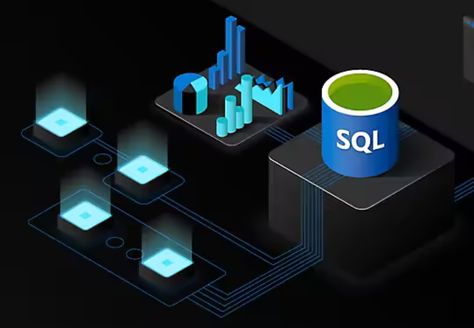ETL AND ELT

THE DIFFERENCE BETWEEN ETL AND ELT
There are two main approaches when it comes to data management and data analysis, that is ETL (Extract, Transform and Load) and ELT (Extract, Load and Transform). These methods are often employed when moving data from different servers to a data warehouse with the aim of analyzing the data. It is imperative to understand the difference in the two approaches to allow one know which one to employ and in which use case.
ETL (Extract, Transform, load)
-
ETL which stands for Extract, Transform, and Load, is a process of data transformation on a separate processing server before transferring it to the data warehouse.
-
The extraction process involves gathering data from the different sources, then transforming it through different techniques including aggregation, summarization and cleansing. Finally, the data is loaded into the target warehouse.
-
ETL is often used when there is need for consistency, quality and security in data. ETL involves pre-processing of the data before it is loaded into the warehouse, this reducing the risk of sensitive data exposure and also helps in structuring the data into the acceptable format and standards.
ETL Data Integration with Python
This blog will use Python to demonstrate the ETL data intergration. Python being a versatile programming language, it has different libraries and frameworks that can effectively handle every step of ETL.
These libraries include:
-
Pandas Library: which is a data manipulation and analysis library. It is essential in ETL process because it simplifies the data extraction simplification and extraction process.
- SQLAlchemy: This library facilitates an effective and consistent approach to interacting with databases which is essential for data extraction and loading to the database.
- PySpark: This library is very essential for pre-processing especially when handling large volumes of data.
1
2
3
4
5
6
7
8
9
10
11
12
13
14
15
16
17
#Import your libraries (For this we will use pandas and sqlalchemy)
import pandas as pd
from sqlalchemy import create_engine
# Exctract data from the CSV
#You might not necessarily have your data saved on your laptop, so this is the point where you fetch it from your external source
df = pd.read_csv("SalesData.csv")
#Transform the data (clean and aggregate the data)
df["total_sales"] = df["quantity"] * df["price"]
df = df.dropna()
# Load data into a database
engine = create_engine("postgresql://user:password@localhost:5432/mydatabase")
df.to_sql("sales", engine, if_exists="replace", index=False)
Advantages of using Python for ETL
- Flexibility: Python is endowed with diverse libraries that can accommodate ETL process and execute them effectively.
- Scalability: Python has tools like PySpark which has capacity to handle both large and small data sets.
ELT (Extract, Load, Transform)
- ELT has gained its popularity over the years because it is best suited for large datasets unlike ETL.
- In addition, it also useful where there is need for timely delivery of results or decisions.
- ELT is considered fast because it loads data directly into the destination saving a lot of time.
1
2
3
4
5
6
7
8
9
10
11
12
13
14
15
16
17
18
19
#Import the Library
#Snowflake is a cloud-based data warehouse platform designed for storing, processing, and analyzing large amounts of data.
import snowflake.connector
# Extract data and load into Snowflake
conn = snowflake.connector.connect(
user='your_user',
password='your_password',
account='your_account'
)
cursor = conn.cursor()
cursor.execute("COPY INTO my_table FROM @my_stage FILE_FORMAT = (TYPE = 'CSV')")
#Transform data using SQL inside Snowflake
cursor.execute("UPDATE my_table SET total_sales = quantity * price WHERE total_sales IS NULL")
When do you use ELT AND ETL
-
Use ETL when: You need data quality control before loading or when you need to work with structured data.
-
Use ELT when: You leverage cloud data warehouses, handle large datasets, or need scalable transformations.
Conclusion
It is important to note however ELT can often be faster because it takes advantage of the processing power of modern databases to perform transformations. However, ETL can provide better performance when the transformations are complex and the target database isn’t powerful enough to handle them efficiently.’
